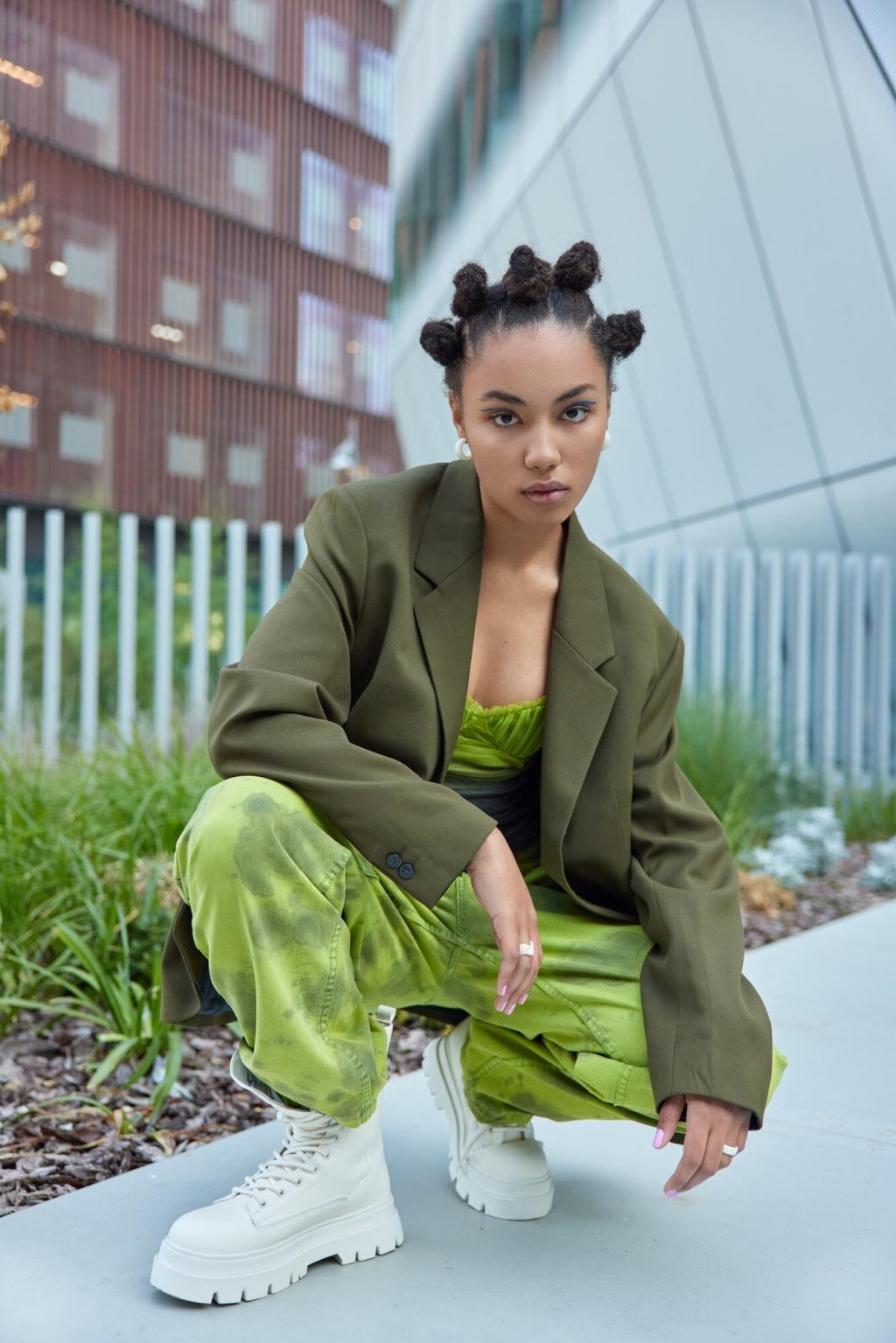Discover how the landscape of fashion is transforming through revolutionary materials and cutting-edge technologies dedicated to sustainability. As environmental concerns become integral to consumer decision-making, the clothing industry has responded with thoughtful innovations that reduce waste, conserve resources, and prioritize ethical production. This exploration delves deep into the materials, processes, and inventive solutions that are shaping a greener future for apparel.

Organic Cotton
Organic cotton stands out as a leader in sustainable fibers due to its cultivation without synthetic pesticides or fertilizers. This approach protects both the environment and the health of farmers, ensuring clean waterways and biodiversity. Compared to conventional cotton, its lower water and energy requirements make it more resource-efficient. Additionally, organic cotton textiles tend to be softer and hypoallergenic, catering to consumers who seek both comfort and ethical integrity in their garments. Embracing organic cotton illustrates a commitment to reducing fashion’s toxic legacy while investing in the progression of sustainable agriculture.

Linen from Flax
Linen is derived from the resilient flax plant, which thrives in poor soil and requires little irrigation or chemical input. Its natural durability and breathability make linen a perennial favorite for warm-weather apparel. The process of turning flax into linen has evolved to favor mechanical retting—using minimal water and no harsh chemicals—further enhancing its eco-friendly credentials. Modern linen production emphasizes closed-loop systems that reclaim water and energy. The end result is a timeless, biodegradable fabric that supports circular fashion ideals and appeals to those valuing both tradition and innovation.

Hemp Textiles
Hemp is garnering attention as a pioneer in sustainable textiles due to its rapid growth cycle, minimal water needs, and natural resistance to pests. Hemp fields enhance soil health by returning nutrients and preventing erosion, while their dense foliage suppresses weeds without herbicides. Contemporary processing techniques have overcome previous limitations in softness and usability, yielding fabrics that are comfortable, strong, and versatile. As designers embrace hemp, it serves as both a practical solution to environmental challenges and a symbol of the industry’s renewed focus on holistic sustainability.

Recycled Polyester
Recycled polyester, commonly sourced from post-consumer plastic bottles, offers a direct response to plastic pollution and textile waste. The conversion process transforms discarded plastics into wearable fibers, drastically reducing the need for new petroleum extraction and the associated carbon emissions. The resulting fabric retains the durability and flexibility of conventional polyester, making it ideal for athletic and everyday wear. By diverting waste from landfills and oceans, recycled polyester exemplifies how the fashion industry can fuel innovation through resourcefulness and a commitment to reducing its environmental impact.
Upcycled Denim
Upcycled denim showcases creativity and environmental stewardship by breathing new life into discarded jeans and offcuts. Instead of ending up in landfills, these remnants are meticulously deconstructed and reassembled using patchwork or artful reconstruction techniques. This process not only preserves the original fabric’s character and strength but also results in one-of-a-kind garments that tell a unique story. Upcycled denim significantly lowers the demand for water and chemical-intensive processes typical of new denim production, making it a favored choice among designers invested in both sustainability and originality.
Repurposed Ocean Plastics
Materials made from repurposed ocean plastics represent a meaningful intersection of environmental activism and fashion design. After collection from coastal regions and marine cleanup initiatives, these plastics are processed into high-quality fibers suitable for various garments and accessories. By transforming waste that threatens marine ecosystems into desirable products, brands are raising awareness about ocean health while demonstrating the tangible benefits of material innovation. These textiles combine robustness with ecological purpose, attracting consumers eager to support both style and conservation efforts.
Innovative Bio-Based Fabrics
Mushroom leather, made from the mycelium of fungi, offers a compelling alternative to animal-based and synthetic leathers. The production process involves cultivating mycelium in controlled environments, where it rapidly forms interwoven sheets that replicate the texture and strength of hide. This method consumes fewer inputs, like water and energy, and emits far less greenhouse gas. Mycelium leather is naturally biodegradable and can be finished without toxic treatments, setting a new benchmark for sustainable, cruelty-free fashion materials that do not compromise on look or feel.
